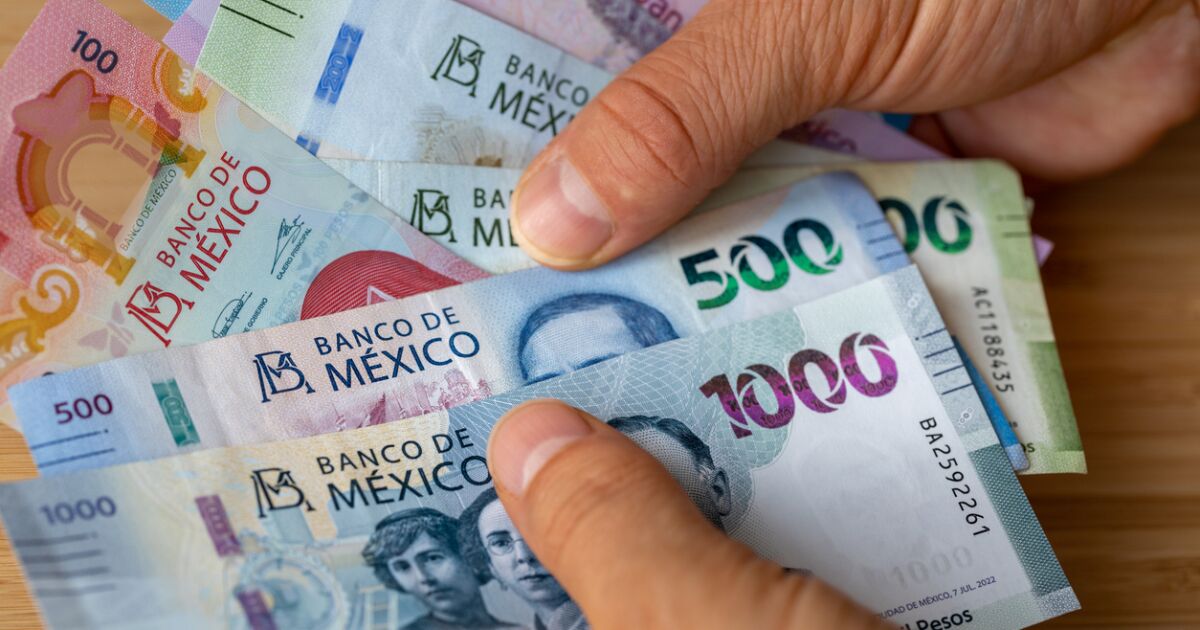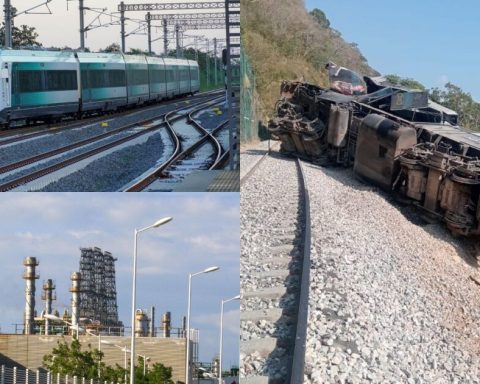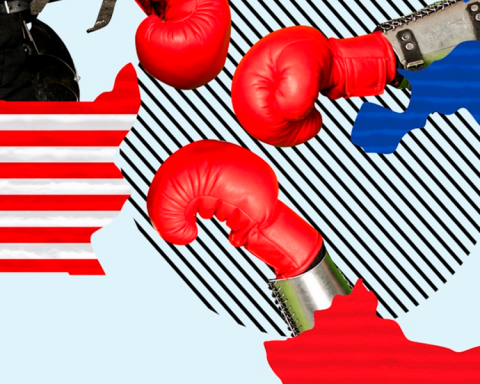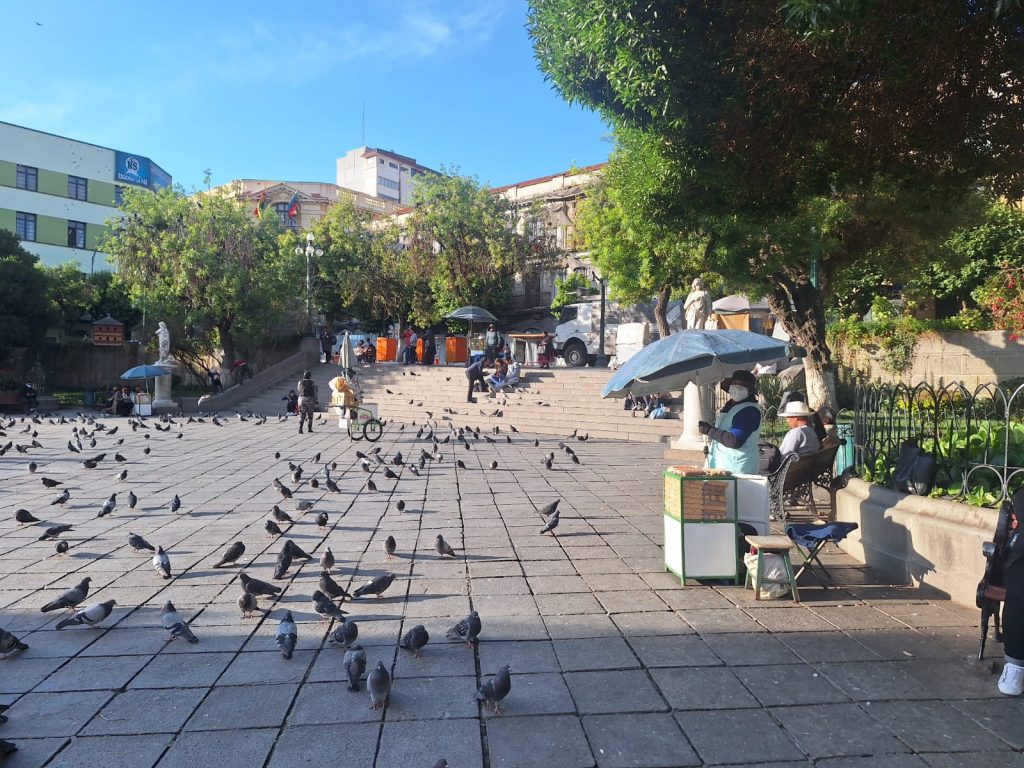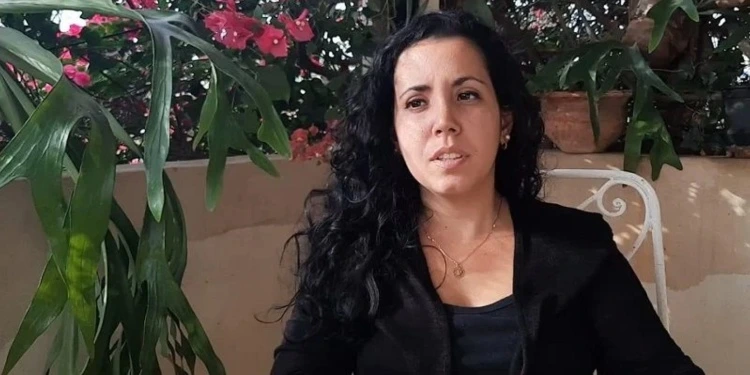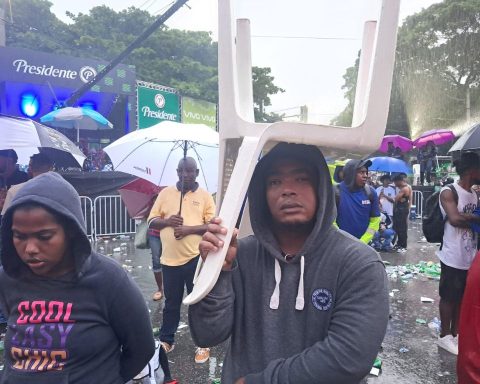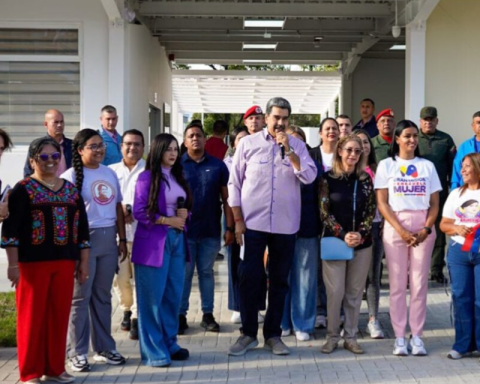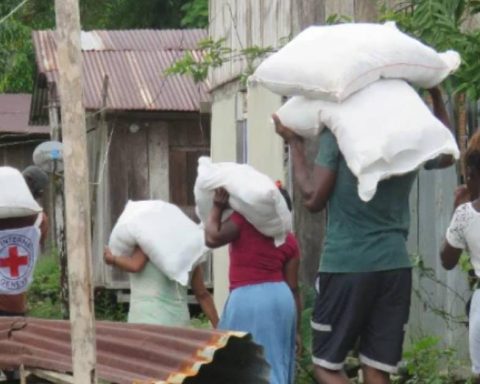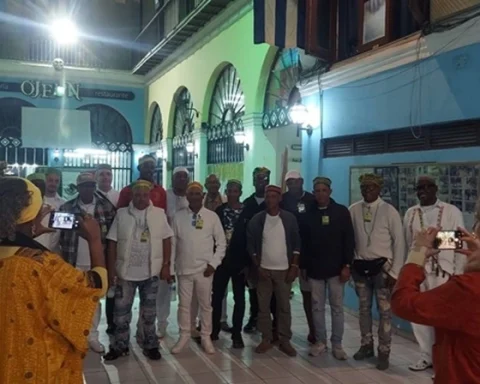For the experts consulted by Expansionthese changes in the investment regime respond to the administrators’ need to have more investment options for such large amounts of money.
Estimates by Franklin Templeton predict that the resources that the Afores will manage by 2030 will reach up to 9 trillion pesos.
What were the changes in the investment regime?
Two of the most relevant changes that Consar announced last Friday was an increase in the investment limit for Fibras, as well as the authorization to invest up to 30% in structured instruments.
“Fibers and structured investments are more sophisticated types of investments and can imply higher returns and greater risk, so it would be better to consider them in the long term,” highlighted Gabriela Siller, director of financial economic analysis at Banco Base.
The Fibers are real estate trusts and are subject to the economic cycle and the prices of raw materials, the specialist highlighted.
Ramsé Gutiérrez, senior vice president and co-director of Investments at Franklin Templeton Mexico, highlighted that Afores needed more investment options to put the resources of Mexican workers awaiting retirement to work.
“There is the option of Fibras, which is an asset that matches very well with long-term pension funds, because they update their income or real estate assets update their income according to inflation,” he highlighted.
However, the specialist points out that although Fibras have more risk than debt investments, such as Cetes, the risk will also depend on how each Afore manages it.
“That is where the expertise and professionalism of each Afore comes to choose which Fiber is best for the portfolio or which (instrument) is structured in terms of return-risk. A lot depends on the professional investors who manage the Afores choosing these papers well. Not because it is structured, or because it is a Fibra, does it imply that they are riskier than other entry assets,” he explained.
Afore SURA told Expansion that alternatives, such as Fibras, have had three waves in the country: in 2009, when the Afores invested in local projects through a manager; In 2018 it was the second wave, when international managers were allowed to mediate these investments; and this 2024, in which the percentage in which they can invest was expanded.
“These changes are designed to give us enough flexibility for each administrator to see the best investment project they can find, with the best manager. If there are going to be five or six projects in Mexico or outside of Mexico, I am going to choose the best of those,” highlighted Andrés Moreno, investment director at Afore SURA.
When asked how long it would take to see the results of these new investment rules, Moreno considered that the consequences of a good Afore investment strategy could take between three and five years.
“It is a process that takes time to increase your investment in this type of project. Imagine that you partner with an infrastructure investment manager and they design your contracts, do all your negotiation. That manager begins to invest in certain projects, a portfolio, and you begin to see the fruits during the next 3 or 4 years: around 5 years you begin to receive the returns or the fruits of this work,” he noted.
